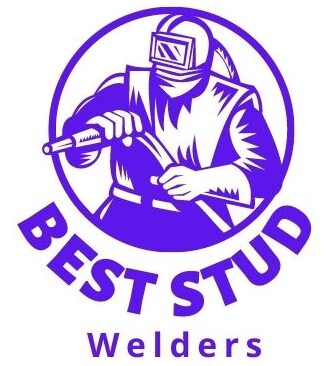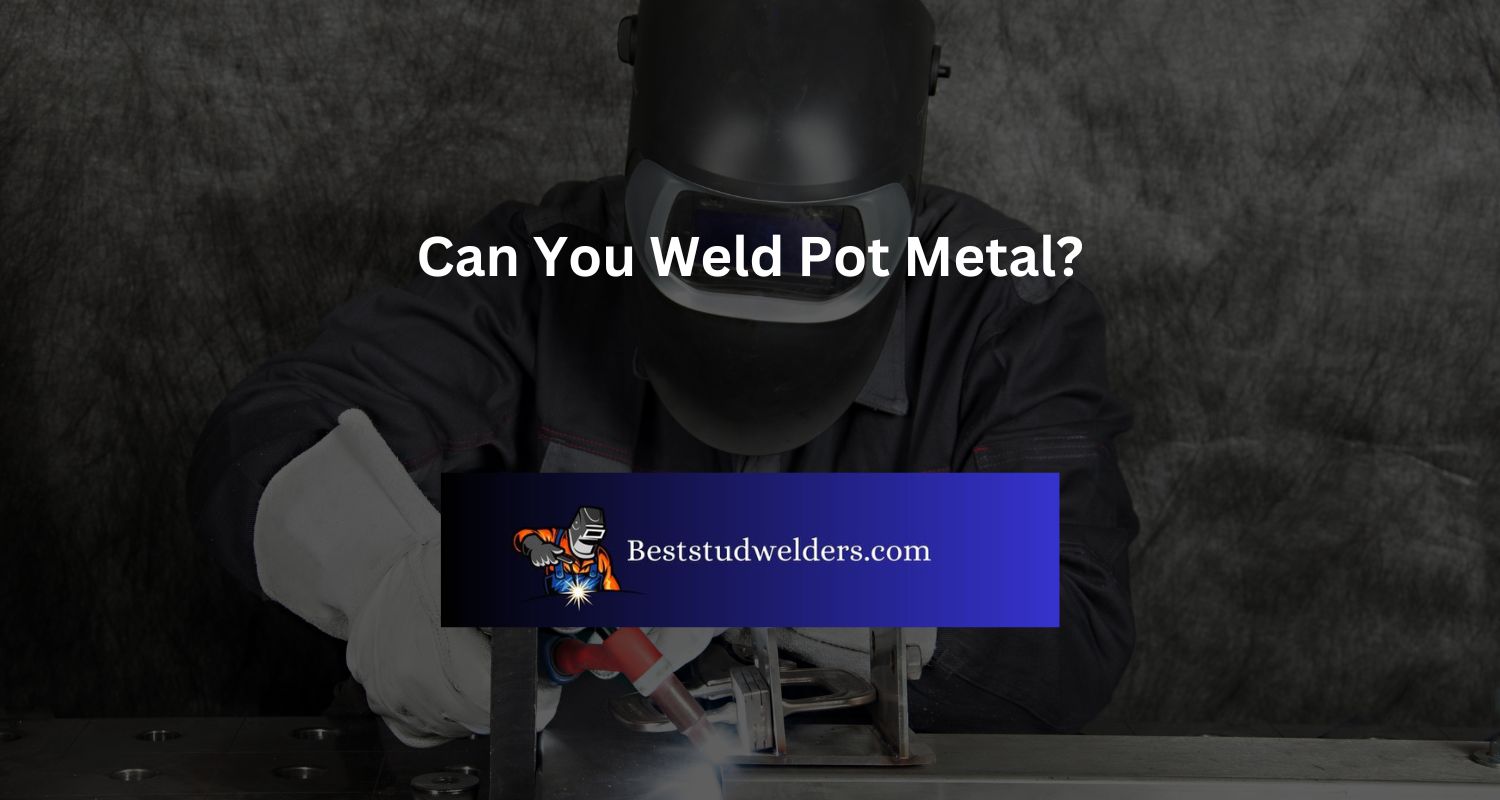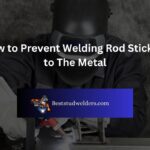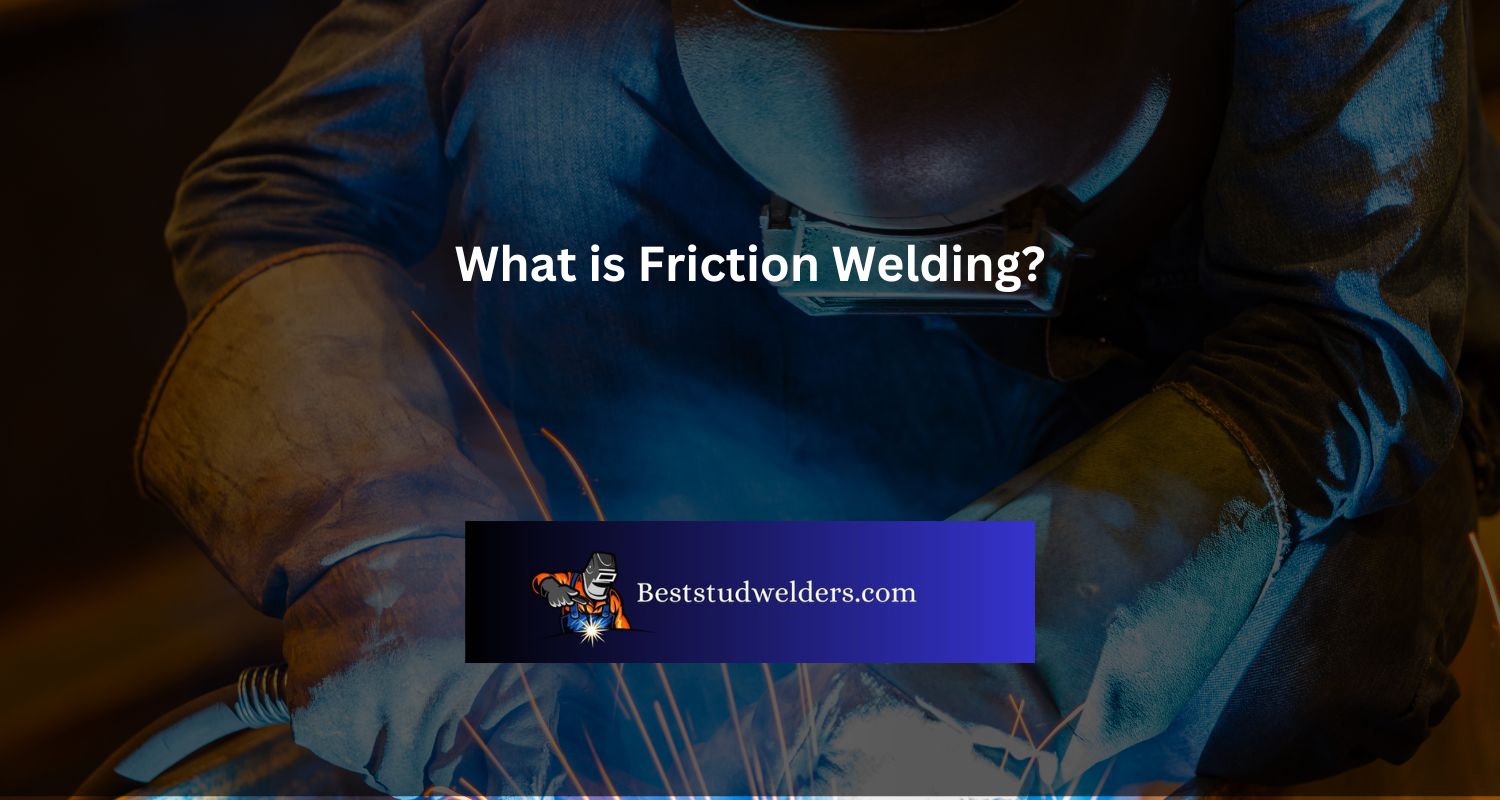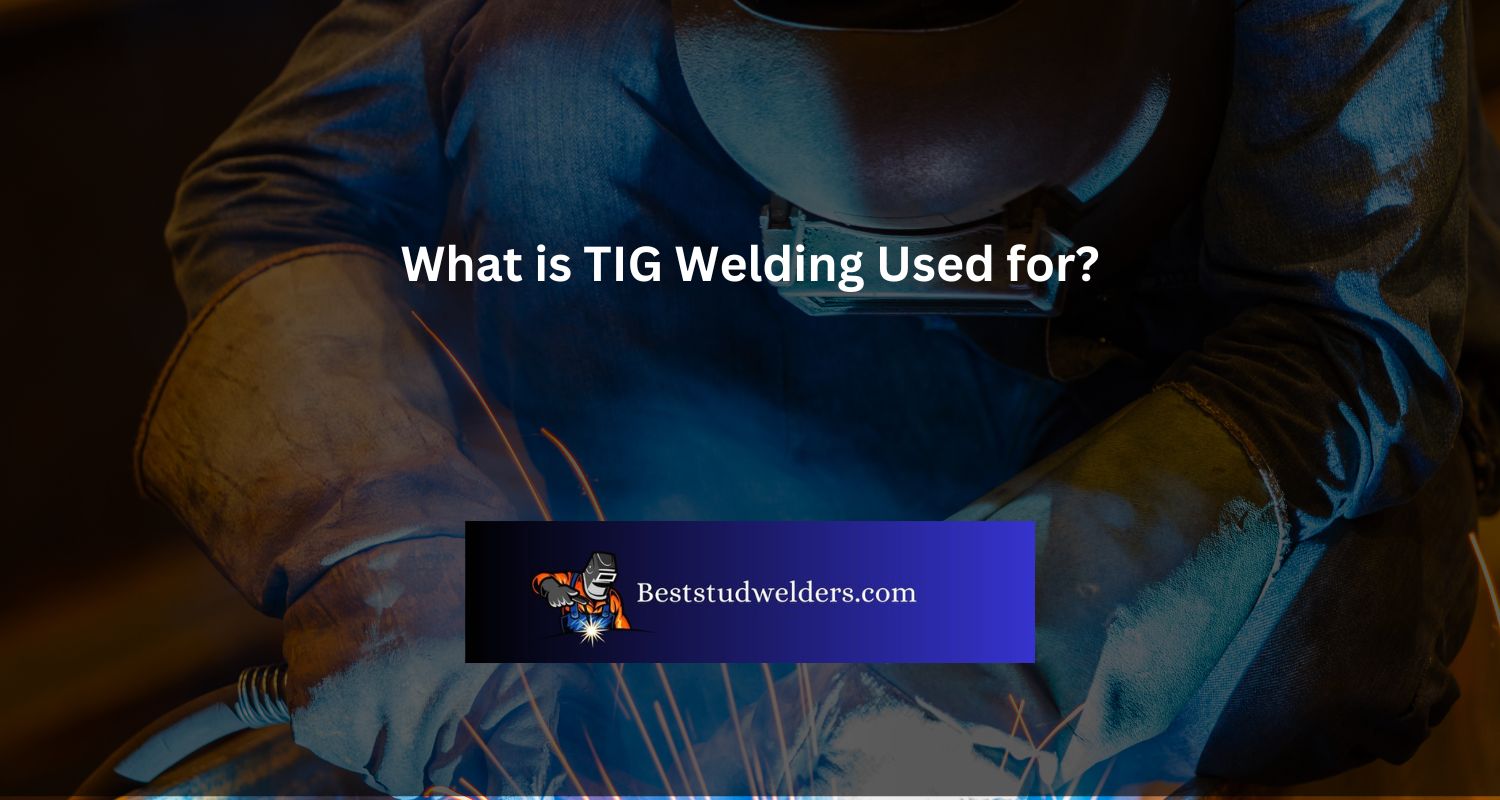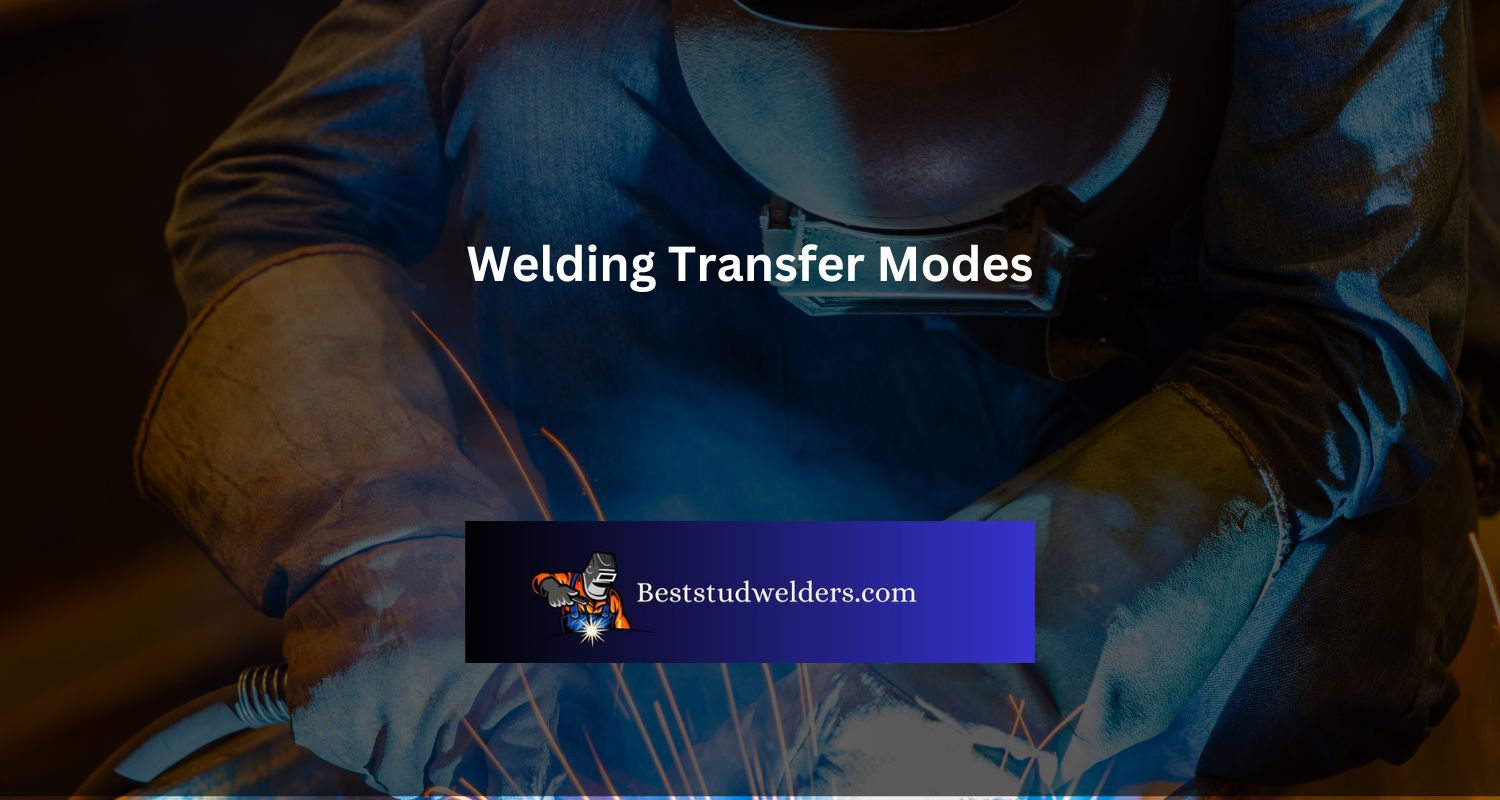If you’re interested in welding pot metal, then you have come to the right place! Pot metal (also known as die-cast) is a form of cast or alloyed metal that has been used for decades for its excellent durability.
It’s perfect for intricate parts and shapes which require precision. However, it can be challenging to weld so if you want to find out how to do it correctly, read on!
This guide will explain everything from types of pot metals and their dimensions, safety considerations while welding this type of metal, plus the correct equipment needed to undertake the job effectively.
So stay with us and get ready to become an expert at welding pot metal by the end of this post!
What is Pot Metal?
Pot Metal refers to a mixture of cheap non-ferrous metals such as zinc, copper, and tin that are melted together to create a low-cost alloy. It is typically used for decorative purposes due to its ability to be moulded into intricate shapes easily.
The following table showcases the composition of typical pot metal alloys:
| Metal | Composition |
|---|---|
| Zinc | 80-90% |
| Copper | 5-15% |
| Tin | 1-3% |
It’s important to note that other metals such as lead or aluminium may also be included in some pot metal compositions.
Pot metal can be difficult to weld due to its uneven melting and quick cooling properties. It requires specific welding techniques and skills beyond those needed for welding traditional metals like steel or aluminium.
Pot metal has an interesting history dating back to the early 20th century when it was commonly used in the production of inexpensive household items. It gained popularity due to its ease of manufacturing and cost-effectiveness, but over time, it became known for its tendency to corrode quickly. Today, it is often found in vintage car parts, antique figurines, and jewellery.
Welding pot metal is like trying to teach a cat to swim – it’s not impossible, but it sure ain’t easy.
Welding Pot Metal – Challenges and Considerations
To successfully weld pot metal with ease, understanding its composition and the impact of heat on it is important. In order to help you with this, this section on “Welding Pot Metal – Challenges and Considerations” with the sub-sections – “Understanding Pot Metal’s Composition”, “Impact of Heat on Pot Metal” and “Pre-Welding Preparation for Pot Metal” serves as a complete guide.
Understanding Pot Metal’s Composition
Pot Metal’s Composition: A Challenge for Welding
As pot metal is composed of a mixture of various metals, its composition poses unique challenges when it comes to welding. Pot metal typically contains zinc, copper, tin, and lead in varying quantities that make it difficult to weld without compromising the integrity of the material.
To get a better understanding, let’s take a look at some of the metals present in pot metal and their composition.
| Metal | Composition |
|---|---|
| Zinc | 85-99% |
| Copper | 0-5% |
| Tin | 0-3% |
| Lead | traces |
As we can see from the table above, zinc is the predominant metal in pot metal. It has a low melting point and can easily form brittle intermetallic compounds during welding that can cause cracks and other defects in the weld area.
It’s also necessary to consider other factors while welding pot metal such as the type of welding method employed and ensuring proper pre-cleaning as any residual oils or contaminants can adversely affect the quality of the weld.
Additionally, due to pot metal’s unique properties, many welders find it challenging to work with this material and may require specialized knowledge and equipment while welding it.
A true fact: Welding Magazine states that pot metal could be made up of unknown alloys whose exact composition may not be known until after an analysis is performed.
If pot metal could talk, it would yell ‘I’m melting, I’m melting!’ like the Wicked Witch of the West in The Wizard of Oz.
Impact of Heat on Pot Metal
Heating pot metal can create significant challenges during the welding process. Pot metal, a common name for various low-melting-point alloys, softens quickly when exposed to heat and requires special handling. The impact of heat on pot metal must be considered to prevent warping or cracking of the workpiece.
During the welding process, the evolution of gases from within the pot metal creates porosity that may weaken the joint. Hence, it’s essential to use the right welding procedure and temperature settings to eliminate this risk. Preheating and post-welding treatments can also improve weldability while reducing stress on the workpiece.
To prevent overheating or melting of pot metal, selecting an appropriate filler material is crucial. Pot metals with high levels of lead or zinc require specialized soldering materials that have lower melting points than conventional fillers. Using fluxes with low-temperature melting points helps reduce thermal stress and decreases distortion caused by localized heating.
Using skilled operators experienced in handling pot metals is critical, as using an inexperienced welder may cause damage to both tools and workpieces. Therefore, it is best to employ professional welders who have adequate training and are familiar with specialized techniques required when working with pot metal.
Welding pot metal requires special consideration due to its unique characteristics. If done correctly by implementing proper procedures, careful monitoring of temperature levels through each stage will result in long-lasting bonds and minimal deformations in your workpieces after fabrication.
Get ready to scrub harder than your ex’s Instagram page, because preparing pot metal for welding is no easy feat.
Pre-Welding Preparation for Pot Metal
Pot metal, being a zinc-based alloy, presents unique challenges during welding. To ensure a successful weld, proper pre-welding preparation is crucial.
A 3-step guide on how to prepare pot metal for welding:
- Clean the surface thoroughly using a degreaser and a wire brush to remove any dirt, oil or rust.
- Preheat the pot metal at a temperature of around 500°F to reduce thermal shock and prevent cracking.
- Use low-temperature welding techniques such as TIG or MIG welding with a specialized pot metal filler rod.
One critical factor in pot metal preparation is achieving sufficient cleanliness before starting welding to obtain strong joints effectively. It is also essential to avoid using high-temperature welds that can potentially destroy the material’s formulation, resulting in undesired finishes.
An article in Industrial Metal Supply states that “Pot metal is known for its high malleability but low melting point,” which requires careful handling during the entire process to achieve the desired results.
Welding pot metal is like trying to stitch a Frankenstein’s monster back together – it requires a delicate touch and a lot of patience.
.jpg)
Techniques for Welding Pot Metal
To master the art of welding pot metal, you must be aware of different techniques that work best for such a metal. This section will show you how to weld pot metal with ease. The sub-sections include brazing, soldering, using a TIG welder, and using a MIG welder. Stay tuned to learn more.
Brazing
| Advantages | Disadvantages |
| High strength joint | Requires skilled labor |
| Suitable for dissimilar metals | Not suitable for high stress applications |
| Clean and precise joints | Expensive equipment and materials needed |
Using brazing can also result in clean and precise joints, making it an excellent choice for decorative or aesthetic pieces where appearance is important. It can be used for various metals such as brass, copper, steel, aluminum, nickel alloys, etc.
Interestingly, brazing has been around since ancient times when humans used charcoal fires to melt metal scraps to repair broken tools. Over time, this process has evolved with technological advancements to become more efficient and effective.
Get ready to heat things up with these soldering techniques – but don’t worry, we won’t judge if you accidentally set something on fire.
Soldering
- Clean and prep: It’s important to clean the surfaces that will be joined thoroughly to ensure that the solder adheres properly. You can use sandpaper or files to remove any blemishes or rough spots that might interfere with the bonding process.
- Choose your solder: There are many different types of solder available, so you’ll need to choose one that’s appropriate for the type of metal you’re working with. Lead-tin and lead-free solders are both common options.
- Heat: Once your materials are prepped and your solder is selected, you’ll need to heat the pieces until they’re hot enough for the solder to melt and bond them together. A propane torch is often used for this step.
- Apply the Solder: Carefully apply your chosen type of solder at the join, ensuring it melts evenly across the gap between the pieces being joined.
Remember that when dealing with pot metal, it’s important not to overheat as this can cause warping or even breakage if done improperly.
Pro Tip: If you anticipate difficulty during this process, practice beforehand on a sample piece of material to get a feel for how much heat is needed and what techniques work best for you.
Now you can TIG it to win it with these welding techniques for the pot metal pros.
Using a TIG Welder
When utilizing the Tungsten Inert Gas (TIG) welding technique for pot metal, it is crucial to understand the proper usage and application.
- Secure the pot metal pieces in clamps or a vise to maintain stability
- Set up the TIG welder according to manufacturer instructions
- Select appropriate tungsten rods and filler materials
- Perform practice runs on similar metals before proceeding with welding the pot metal
A key component of TIG welding pot metal is ensuring that the heat input is controlled to prevent warping or cracking. It is recommended to preheat the material beforehand as well.
Interestingly, an article by The Fabricator states that “TIG welding provides a tight arc and precise control, making it an ideal process for thin materials, intricate assemblies, and critical applications.”
Get ready to MIG-nify your welding skills and leave those pot metal pieces welded together for eternity.
Using a MIG Welder
Using MIG Welding Technique for Pot Metal
It is vital to understand the right technique of MIG welding when it comes to pot metal. Here are three steps that can help you weld pot metal with a MIG welder.
- Preheat the Pot Metal: Before beginning, preheat the pot metal using a propane torch to prevent it from cracking and damaging. To make sure you reach the proper temperature, use a heat detection device to track the temperature while heating.
- Choose Proper Filler Material: Select a filler material based on melting range and fusibility that matches your pot metal. You can select zinc alloy or aluminum-based filler for better results.
- Start Welding: While welding, keep in mind not to place too much pressure on high melting point faces and edges of different metals. To avoid this, it’s crucial to understand the ideal placement of electrodes near each other for an efficient weld.
It’s important to check if there are any underlying issues within the pot metal before proceeding with welding; surface contaminants can always result in poor quality work output.
Inexperienced individuals may find it challenging to work with pot metals as they require precision and patience since even minor carelessness can cause damage. John learned this lesson after trying to fix his antique silver by himself using MIG welding but ended up completely destroying it due to lack of expertise.
Remember, just like a bad breakup, post-welding for pot metal requires some serious TLC.
Post-Welding Considerations for Pot Metal
To ensure the durability and strength of your welded pot metal, you need to take post-welding considerations seriously. In this section, ‘Post-Welding Considerations for Pot Metal’, we will discuss two critical sub-sections as a solution – ‘Cooling and Cleaning the Welded Area’ and ‘Surface Finishing’. By following best practices for these steps, you can ensure that your welded pot metal is as strong and functional as possible.
Cooling and Cleaning the Welded Area
Once the pot metal welding process is complete, it is important to take appropriate steps to cool and clean the welded area. Cooling and cleaning play a crucial role in ensuring the longevity of the welding job.
Here’s a 6-step guide for cooling and cleaning the welded area:
- Allow ample time for cooling as rushing this step may lead to further damage.
- For cleaning, use a wire brush or scraper to remove any debris or oxidized material from the area.
- If there’s still residual dirt or grease, clean it using acetone or denatured alcohol.
- If rust is present, sandblast the area or use chemical removers specifically designed for rust removal.
- Rinse off chemicals used for rust removal and repeat step two.
- Avoid applying any pressure on the welded area and maintain its structural integrity.
It’s worth noting that while cooling and cleaning are essential steps in pot metal welding, they are only part of post-welding considerations. Regular maintenance should be carried out to keep corrosion at bay, protect the welded area from frictional wear, among other potential sources of deterioration.
Pot metals are notoriously difficult to weld due to their unique properties, making it important to understand key post-welding considerations like cooling and cleaning.
According to The Fabricator Magazine, “Pot metal has an unusually high melting temperature compared with low-melting-point metals (such as copper) – thus its name“.
Surface finishing is like putting lipstick on a pig, it may look pretty but it won’t stop it from squealing.
Surface Finishing
For a Polished Pot Metal post-welding, it is imperative to consider the surface aesthetics in addition to structural integrity. Surface Finishing techniques lend a seamless and attractive finish to metal surfaces.
Consider the following table of Surface Finishing options for Pot Metal:
| Surface Finish method | Description |
|---|---|
| Buffing | Manual or automated advanced polishing technique that generates a uniform and bright polish on pot metals surfaces. |
| Electropolishing | An electrochemical process that eliminates contaminants on the metal’s surface, lending an incredibly reflective finishing with added corrosion resistance and durability. |
| Painting | Aesthetic enhancement using paint as per the preference of customer choice of color and design pattern |
| Metal Plating | Chemical coating applied to metal through electrolytic deposition, imparting additional protection and sheen enhancing surface quality |
In approaching Post-welding consideration for Pot Metal Finishing, note that apart from Polishing methods discussed in paragraph 2, Heat Treating aids in removing impurities and maintaining specific mechanical properties without altering design intent. Suggestions may include applying Electropolishing since it not only delivers an immaculate finish but promotes durability by reducing corrosion concerns. Buffing is also essential for any desired shine or luster effects while try combining heat treatment with other finishing techniques. The combination provides excellent finishes while ensuring optimal strength on pot metal parts during bonding processes giving higher reliability performance.
Pot metal: not just for questionable souvenir figurines anymore.
Other Applications of Pot Metal
To explore various applications of pot metal beyond its industrial uses, the section ‘Other Applications of Pot Metal’ with sub-sections ‘Jewelry Making’ and ‘Automotive Restoration’ is presented as a solution. By briefly introducing the sub-sections, you can gain insights into the manifold uses of pot metal and how its malleability and durability make it a valuable resource in other industries.
Jewelry Making
Jewelry Craftsmanship
Pot metal is a versatile material that has numerous applications. One of its popular uses is in jewelry making. The alloy’s properties – low melting point and malleability – make it easy to work with, creating stunning and intricate pieces.
- Design: Start by sketching your design on paper or using a jewelry design software.
- Casting: Melt the pot metal in a crucible at the recommended temperature, pour it into the mold, and wait for it to cool down.
- Finishing: After removing your piece from the mold, file away any rough edges, polish it thoroughly and add any embellishments you desire.
Details:
Pot metal jewelry often has a unique appearance due to its patina finish which results from oxidation over time. Additionally, when combined with other metals like silver or gold plating, it can elevate the aesthetic appeal of the final product.
Pro Tip:
To make your pot metal jewelry look even more attractive, consider adding gemstones as beautiful accents or textures to create more depth visually.
Why spend money on a new car when you can restore an old one with pot metal and a little bit of elbow grease? Who needs airbags when you’ve got a pot metal fender to shield you from impact?
Automotive Restoration
Pot metal finds its use not only in automotive restoration but also in various other applications. Pot metal components are used as decorative pieces, buckles, knobs, handles, and fixtures for furniture restoration. In construction, pot metal is used to fabricate windows and door hardware.
In the world of automotive restoration, pot metal plays a crucial role in restoring classic cars to their original state. Grills, emblems, badges, and other detailing parts made of pot metal are often corroded or damaged due to age and exposure to elements. Restorers use specialized techniques like electroplating or vacuum-metalizing to restore their original finish. Additionally, pot metal repair kits help fix cracks or chips on the surface without replacing the entire component.
Unique details related to pot metal usage include the fact that some vintage cars have more than 80% of their components composed of pot metal and its alloys. Furthermore, while chrome is known for its shine and longevity as a protective coating for metals, it has limited corrosion resistance when applied directly over pot metals due to their composition.
To maximize pot metal’s properties as a decorative feature or functional part during automotive restoration processes, some suggestions include proper storing away from humidity and corrosive substances like brake fluid or battery acid. Also recommended is regular cleaning with mild soap solutions instead of abrasive cleaners which may damage the surface finish. To avoid pitting defects caused by air trapping during electroplating processes, certain special rinsing techniques are employed before immersing them in chemical baths for plating.
Whether you’re into metalworking or just want to wow your friends with obscure knowledge, adding pot metal to your repertoire is a no-brainer recommendation.
Conclusion and Final Recommendations
After evaluating the process of welding Pot Metal, we can offer some recommendations. It is important to ensure that you have a clean and strong joint before proceeding with a weld. We advise using low heat input to avoid any damage during the welding procedure. Additionally, it is recommended to use TIG or MIG welding techniques to achieve better results.
It is also vital to have good ventilation in place due to the potentially hazardous fumes emitted while welding Pot Metal. Welding this material requires practice and patience, therefore we suggest continuously practicing and seeking expert advice if required.
As a final recommendation, we would urge users not to rush the process of welding Pot Metal as it can lead to significant damage.
According to reliable sources, Pot Metal was first produced by utilizing cheap alloys for industrial purposes before becoming popular among jewellers due to its malleability and affordability.
Frequently Asked Questions
Can pot metal be welded?
Yes, pot metal can be welded, but it is a difficult task that requires a lot of patience and skill.
Can I use a MIG welder to weld pot metal?
It is not recommended to use a MIG welder to weld pot metal because the high heat generated by MIG welding can cause the metal to crack.
What kind of welding process is best for pot metal?
TIG welding is the best option for welding pot metal because it generates low heat and provides greater control over the welding process.
How do I prepare the pot metal for welding?
Before welding, it is essential to clean and remove any contaminants, such as oil, grease, and paint, from the surface of the pot metal.
Can I use a regular filler rod to weld pot metal?
No, regular filler rods are not suitable for welding pot metal. Instead, you should use a specialized filler rod made specifically for pot metal welding.
What precautions should I take when welding pot metal?
It is important to wear protective gear, such as gloves, eye goggles, and a welding mask, to avoid any injury. Additionally, you must ensure that the pot metal is well-ventilated during welding to prevent the release of harmful fumes.
Paul Dixon is a certified welder with a wealth of experience in welding and related technologies. He started his career as an apprenticeship in welding, where he learned the ropes and acquired extensive skills in the craft.
Over the years, Paul has continued to sharpen his expertise, earning him top-rated welding certification. He remains one of the most outstanding welders in the industry.
